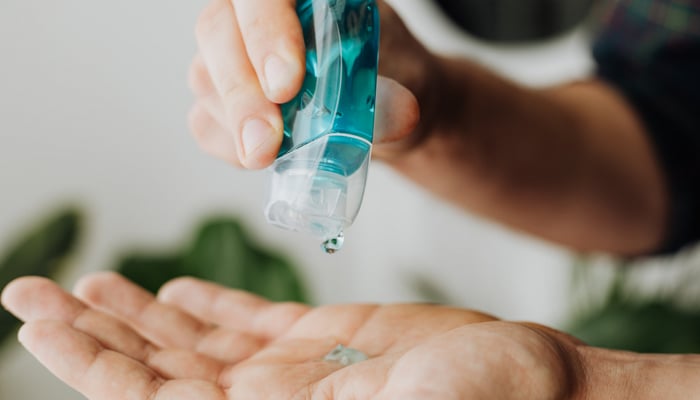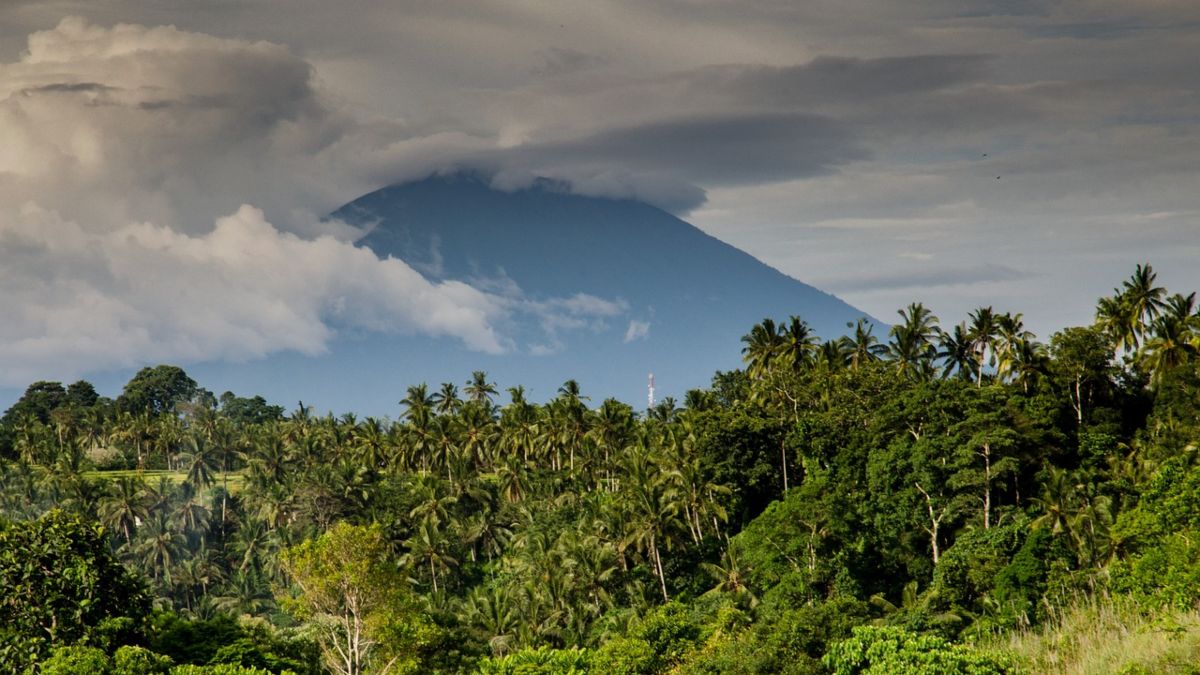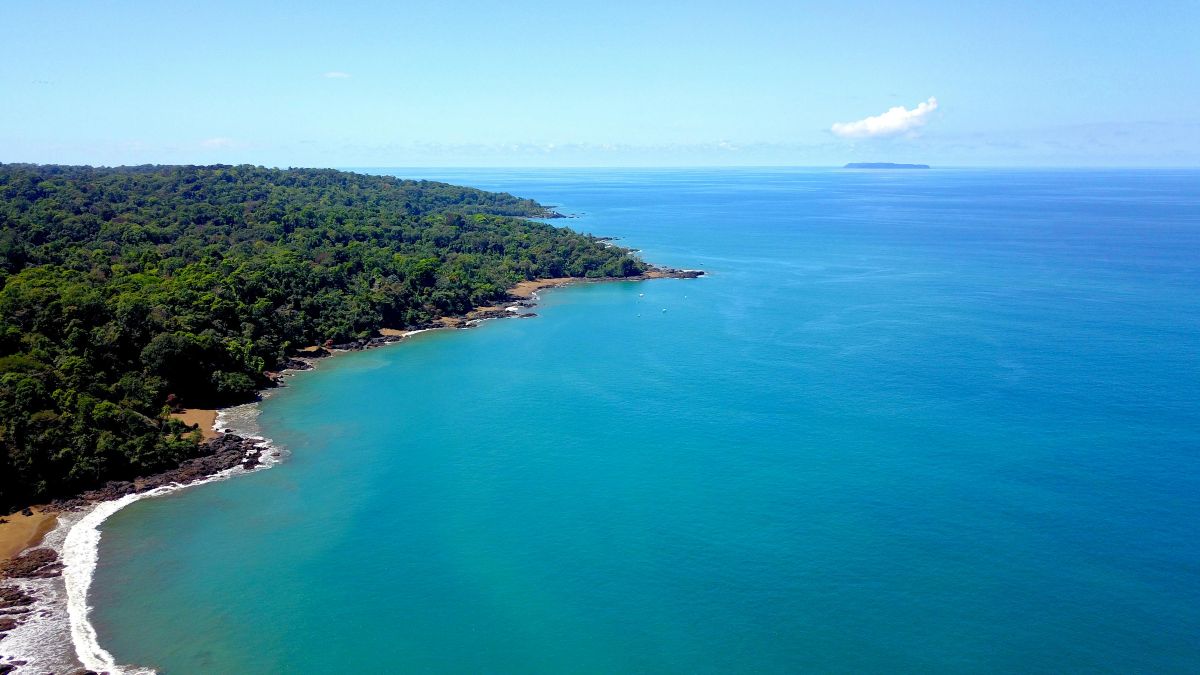This week we published a short editorial on the improving COVID-19 outlook in Costa Rica. There’s no doubt that since September, the R-rate has dropped. This means a slide in hospitalizations and deaths. That editorial was more of an (informed) opinion piece, though. Today, we wanted to flesh out that opinion a little more.
Two articles appeared in the Costa Rica press today, more or less confirming our opinions.
La Republica reported that the slowdown in cases is definitely occurring. According to them, authorities put this down to improved track/tracing methods for the most part.
While Costa Rica never reached its own target of testing 4,500 people per day, it has been good at monitoring infected people and vulnerable groups. And despite the lack of testing, the ability to monitor vulnerable groups appears to work well.
This track/tracing improvement began in earnest in July, as COVID cases started soaring in the Central Valley.
The Costa Rica COVID Outlook Continues to Improve https://t.co/plRKbRSNN5
— CentralAmericaLiving (@VidaAmerica) November 9, 2020
CENDEISS (the Center for Strategic Development and Information on Health and Social Security) is in charge.
They carry out the first contact with all positive cases in Costa Rica and then continue following up with them through rapid response teams for tracing the contacts of the infected person.
Each rapid response team comprises a doctor, a nursing assistant, and a medical records person to collect data. They don’t only follow the paths of infected people. They also go to places the health authorities deem high risk, with concentrations of people.
Think care homes for the elderly, construction sites, call centers, and so on. This started back in June when they began testing migrant workers in agricultural facilities in northern Costa Rica. It was here where Costa Rica’s COVID numbers suddenly began to rise after a few months of virtually no testing and single-digit positive cases per day.
In short, the authorities have become very good at finding and isolating infected people, despite not testing anywhere near the amount of people they should be.
Ebais clinics around Costa Rica have also played a part, with workable strategies to separate patients with COVID symptoms from those without. Some sites have developed completely separate areas for people coming with COVID symptoms.
Telemedicine has also contributed, according to La Republica, sending medicines to patients homes so they don’t need to leave.
All these efforts have contributed to the slowing down of the COVID curve in Costa Rica.
¿Por qué ha desacelerado la curva de casos nuevos de Covid-19?https://t.co/Jhls25KxCw pic.twitter.com/yRW0gZxccJ
— La República (@La_Republica) November 12, 2020
Meanwhile, CRHoy highlighted another story today, about the lower COVID R-rate.
The Universidad Hispanoamericana School of Medicine has published its latest study outlining the state of Costa Rica’s COVID-19 curve.
The study – by epidemiologist Donald Evans Mesa with Doctors Rocha Carrión and Roberto Salvatierra Durán – asserts the nationwide R-rate to be less than zero, at 0.94.
This means an infected person is re-infecting less than one person, meaning the virus is disappearing. An R-rate of 1 means every infected person infects one other. 2 means they infect two others and so on. R-rates need to be below 1 to beat a virus.
The decrease in infections is now most noticeable in San Jose, once the epicenter of COVID earlier on in the pandemic.
The report warns caution, though.
“We must carefully monitor the transfer of the pandemic to cantons on the periphery of the country, and other regions that had not been strongly attacked by COVID-19, to avoid a rebound in disease,” it says.
It doubles down on this caution by detailing that although the provinces of San Jose, Alajuela, Cartago, and Heredia have decreasing R-rates; the rate is increasing in Guanacaste, Puntarenas, and Limon.
San Jose, Alajuela, Cartago, and Heredia all have their major population centers in the Central Valley, or GAM. Guanacaste, Puntarenas, and Limon do not. It seems the virus has left the main population center and is now at work on the peripheries of the country, as the report indicates.
As it stands right now, the province-by-province COVID R-rate looks like this:
Cartago: 0.77 (decreasing)
San Jose: 0.90 (decreasing)
Alajuela: 0.93 (decreasing)
Heredia: 0.94 (decreasing)
Puntarenas: 0.97 (increasing)
Guanacaste: 1.05 (increasing)
Limon: 1.11 (increasing)
Estudio: Hay que vigilar el traslado de la pandemia a cantones menos afectados – https://t.co/yEouCdv6PW
— CRHoy.com (@crhoycom) November 12, 2020
The overall conclusion in the press today, as we see it, is this:
Costa Rica has made up for its overall undertesting by by stepping up in other areas. Track/tracing, testing in workplaces and other areas of concentration, and the ability to separate the infected from the noninfected have worked well. We would also throw in the benefits of mask wearing. The overall R-rate dropped from its 1.75 Costa Rica-wide peak around the end of June, when masks became mandatory.
Also, the spread of the virus from the Central Valley, where most of the people live, to the far less populated peripheries is key. As we implied on Monday, the virus is running out of places to go.
There’s still a way to go, of course, but like we also said this week, the upcoming transition into the dry season and lots of sunshine means that, for the most part, Costa Rica is beating this thing. Stay positive!
James Dyde is the editor of www.centralamerica.com. He lives in Escazu, Costa Rica.




